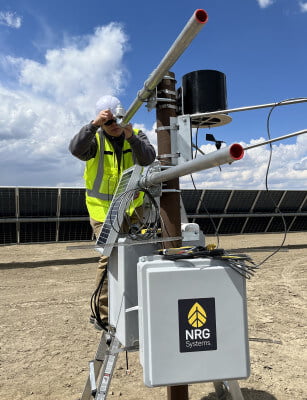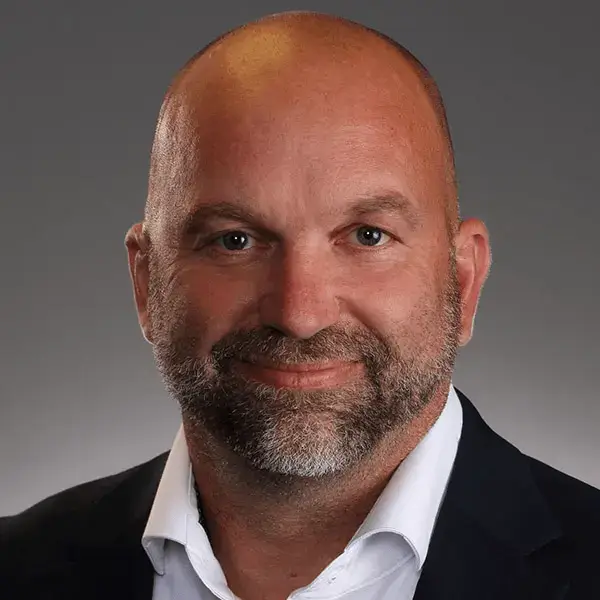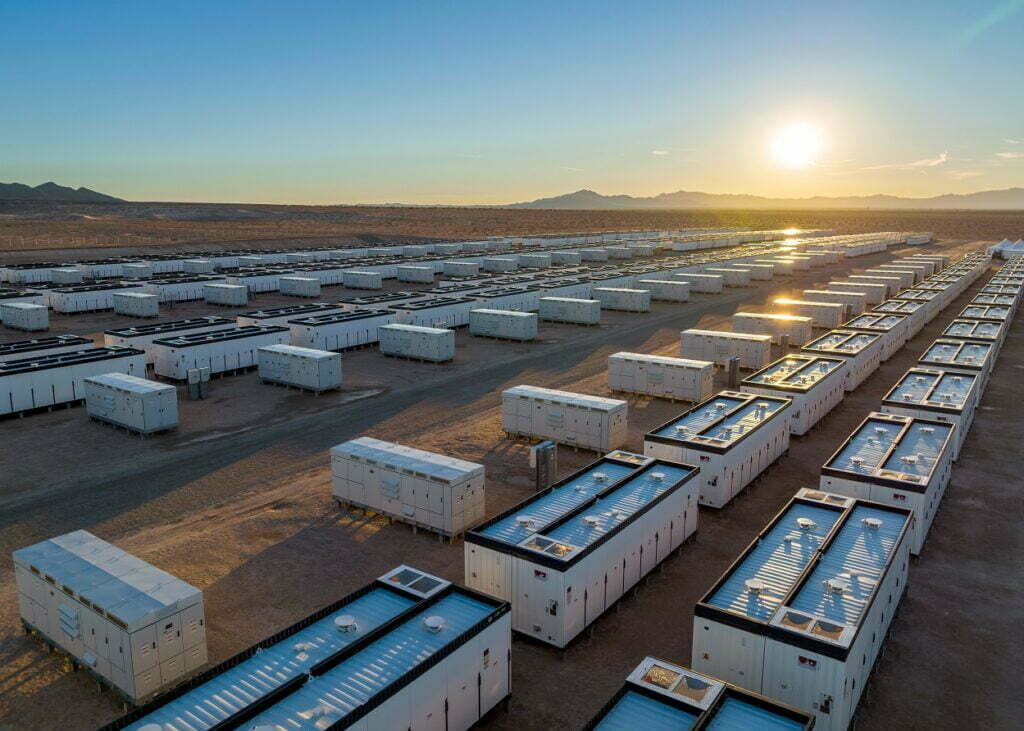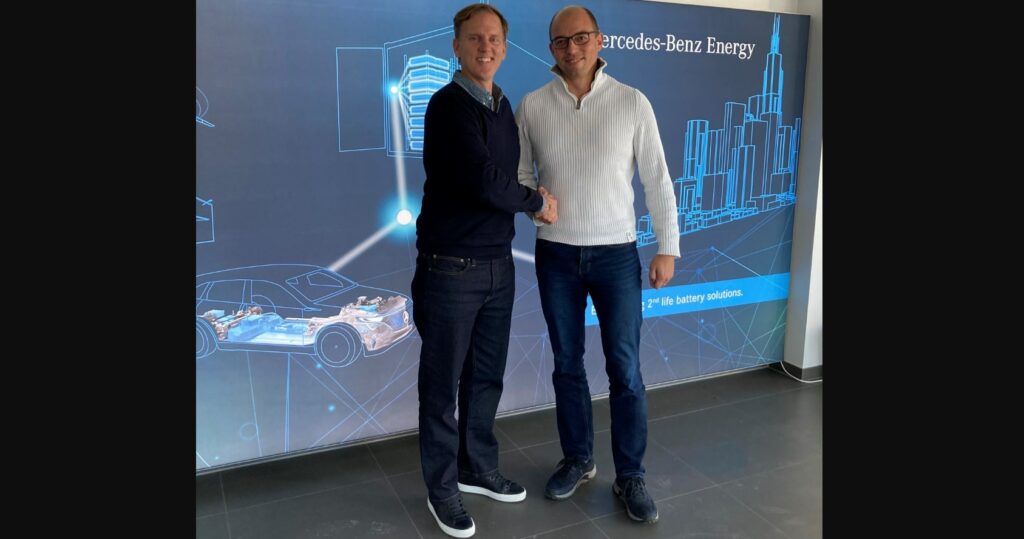Hornsdale Power Reserve. Image: Neoen.
Neoen has kicked off a 200MW/400MWh battery project in Australia, taking the French renewables company’s tally of large-scale energy storage projects in construction in the country to three.
The independent power producer (IPP) has issued notices to proceed to battery energy storage system (BESS) specialist NHOA and construction engineering company Elecnor for its Blyth Battery in South Australia.
Neoen’s 100MW/200MWh Capital Battery project underway in the Australian Capital Territory (ACT) reached financial close in October last year and construction began on the 200MW/400MWh Western Downs Battery in Queensland just before the end of 2022.
The trio will join the company’s two existing grid-scale battery storage assets in Australia’s National Electricity Market (NEM), the 150MW/193.5MWh Hornsdale Power Reserve and 300MW/450MWh Victorian Big Battery – the country’s biggest BESS to date – when they come online.
For the Capital Battery, that will be in the first half of this year, while the Western Downs and Blyth Battery projects are scheduled to come online in late 2024-early 2025.
Blyth Battery
Italy-headquartered battery storage integrator NHOA claimed the Blyth Battery is one of several recent projects it has been contracted for totaling 620MWh of energy storage capacity in December alone.
The company, owned by Taiwan Cement Corporation (TCC), has been appointed as engineering, procurement and construction (EPC) contractor as well as operations and maintenance (O&M) provider.
Neoen has worked with Tesla as BESS provider on Hornsdale and the Victorian Big Battery but has not yet announce which company will supply battery storage equipment to Blyth. Energy-Storage.news has reached out to Neoen with an enquiry. Meanwhile, Elecnor will serve as balance of plant contractor.
Blyth Battery’s main purpose will be to deliver energy generated by Neoen’s new wind farm in Goyder, about 60km away, to mining and resources company BHP. Neoen and BHP have a 70MW power purchase agreement (PPA) in place for baseload renewable energy which will help power BHP’s Olympic Dam mines which contain copper, gold, and uranium.
Blyth is also one of the large-scale battery projects selected for funding support by the national Australian Renewable Energy Agency (ARENA), which is paying for a number of BESS assets around Australia to be equipped with advanced inverter technology that enables them to provide vital grid-balancing inertia to the network.
The wind farm at Goyder is part of a mixed technology renewable energy facility that Neoen is developing. Called Goyder South Renewables Zone, it will eventually comprise 1200MW of wind power, 600MW of solar PV and 900MW of battery storage. Neoen said this week that financial close has been achieved on the first 209MW of wind.
Planning approval was granted for the renewables zone in early 2021, while a grid connection agreement was signed by Neoen with transmission company Electranet last November.
In a slightly complicated arrangement, part of the Goyder South project will deliver energy not into South Australia but into the ACT, while later phases of the zone’s construction will depend on whether new interconnectors between South Australia and New South Wales.
That looks very possible, given the Australian government’s multi-billion dollar programme of upgrading the transmission network to enable higher utilisation of renewable energy around the country.
Energy-Storage.news’ publisher Solar Media will host the 1st Energy Storage Summit Asia, 11-12 July 2023 in Singapore. The event will help give clarity on this nascent, yet quickly growing market, bringing together a community of credible independent generators, policymakers, banks, funds, off-takers and technology providers. For more information, go to the website.
Continue reading










